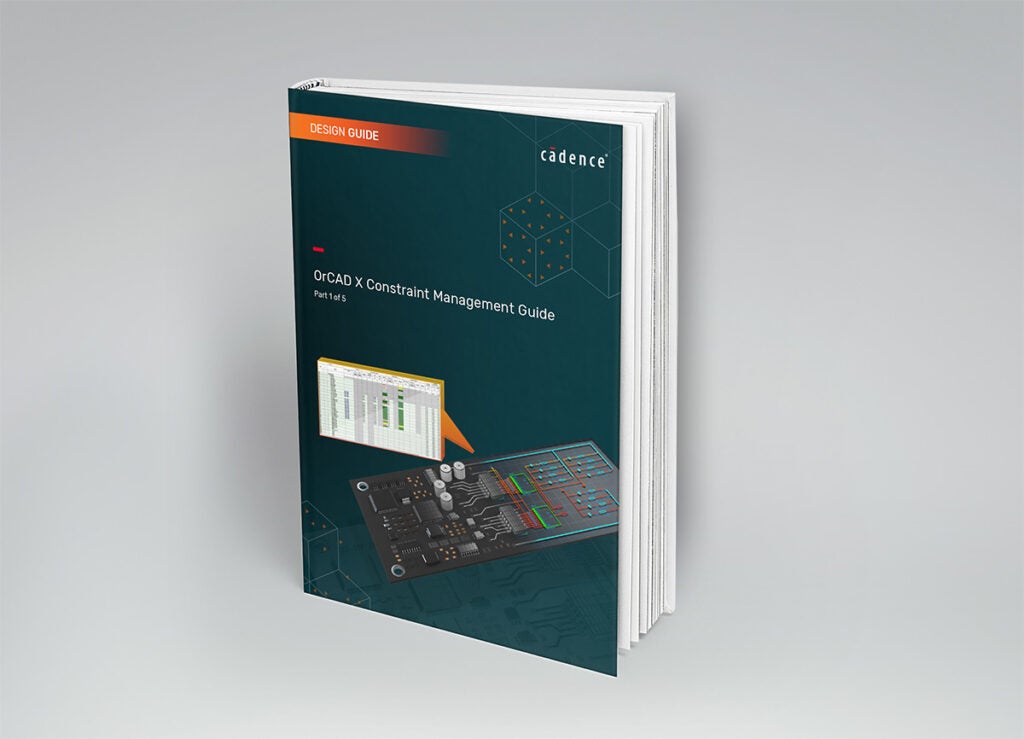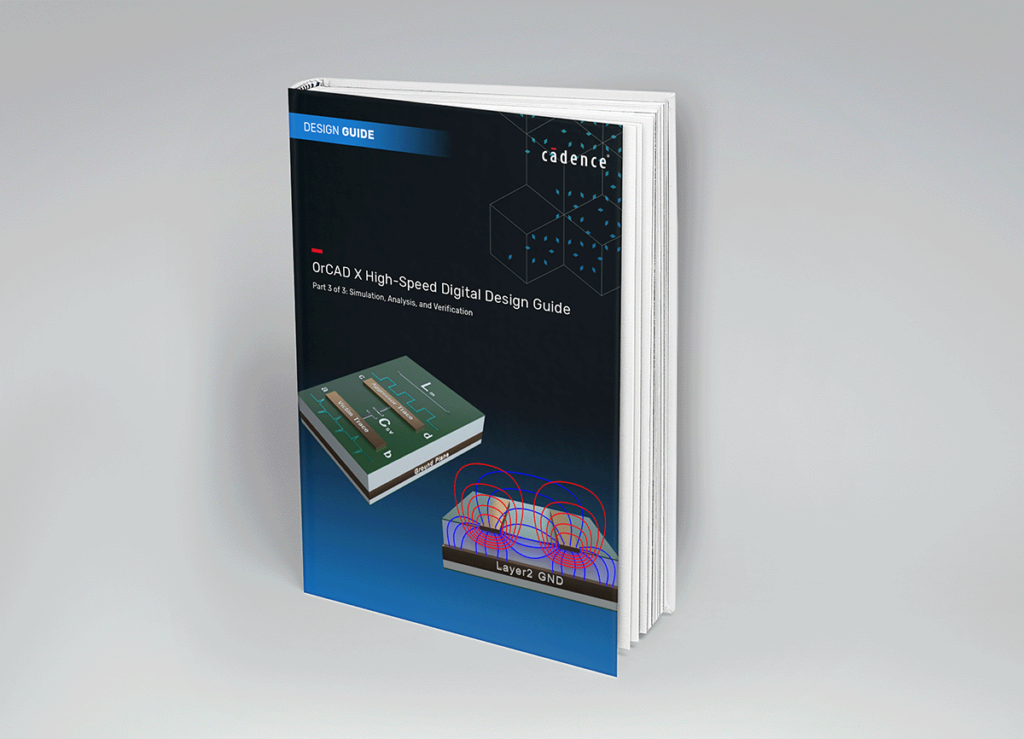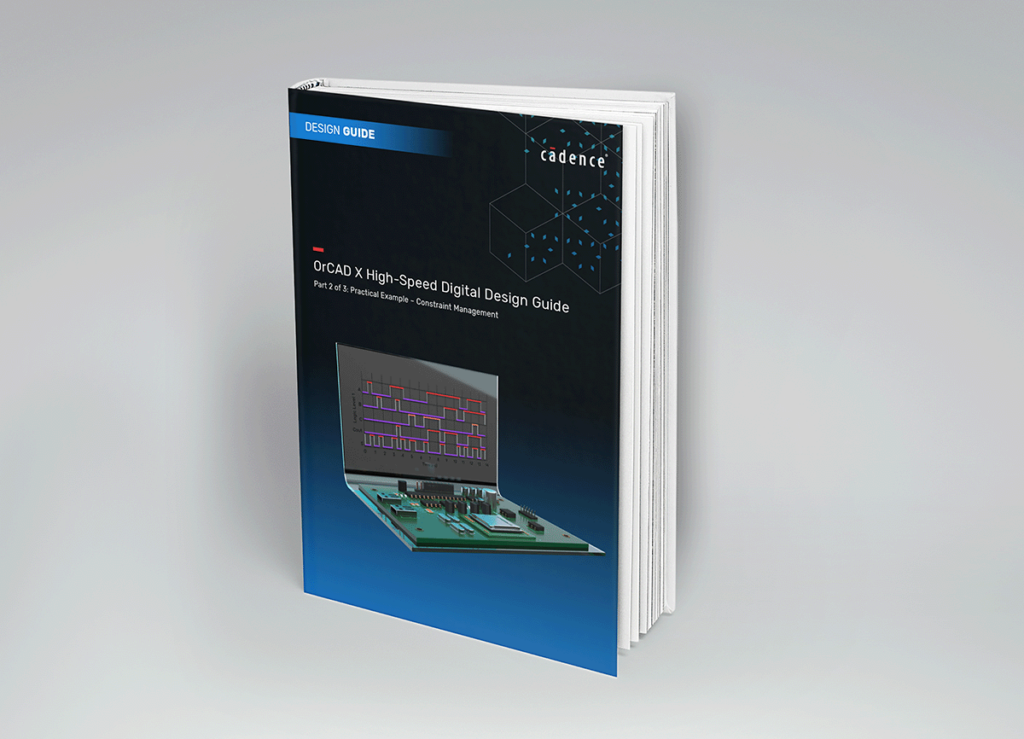OrCAD X constraint management is a system for defining and enforcing design rules in PCB layout. It includes a set of guidelines ensuring the design meets specific performance, manufacturability, and reliability criteria.
Constraint management tools help automate the process of checking and enforcing these rules during the design phase. Robust constraint management practices help mitigate design issues earlier within the PCB development cycle and address the following common design challenges:
- Signal Integrity: Ensures signals are transmitted without degradation, which is crucial for high-speed circuits.
- Electromagnetic Interference: Minimizes the interference caused by electromagnetic noise, ensuring the PCB operates reliably in various environments.
- Manufacturing Constraints: Ensures that the PCB design complies with the manufacturing processes, reducing the risk of errors and increasing yield.
- Power Distribution: Manages power distribution across the PCB to prevent voltage drops and ensure stable operation of components.
- Thermal Management: Ensures proper heat dissipation to prevent overheating, which can damage components and affect performance.
Benefits of OrCAD X Constraint Management
Effective constraint management leads to designing functional and reliable PCBs. The OrCAD X Constraint Management Design Guide will teach you how to:
- Reduce Design Errors: Using automated rule checks that help identify and correct errors early in the design process.
- Improve Performance: Adhering to constraints ensures that the PCB will perform as intended under various conditions.
- Enhance Reliability: Proper constraint management leads to designs that are less likely to fail in the field.
- Streamline Manufacturing: Ensures the design is compatible with manufacturing processes, reducing delays and costs.
Check out the full series of eBook for a comprehensive understanding of PCB Design Constraints in OrCAD X and Allegro X:
Part 1 (Current Selection)
OrCAD X constraint management is a system for defining and enforcing design rules in PCB layout including sets of guidelines for performance, manufacturability, and reliability criteria.
Part 2
Explore this guide to learn how to set standard PCB design constraints and rules that form the backbone of a manufacturable PCB.
Part 3
This guide explores advanced PCB design constraints, focusing on high-speed and electrical design rules such as net scheduling, impedance control, and differential pairs. These constraints are crucial for maintaining signal integrity and timing precision in high-speed interfaces like USB, DDR, PCIe, and RF circuits, ensuring performance and reliability.
Part 4
This part of the guide covers optimization techniques in PCB constraint management, focusing on Electrical Constraint Sets (ECSets), schematic-to-PCB constraints, and the modular approach. These tools help streamline workflows, ensure consistent constraint application, and maximize design efficiency for better results.
Part 5
This final part of this guide uses a practical project example to demonstrate the application of learned constraint management concepts. Through a practical case study, it reinforces key insights and helps highlight the effectiveness of proper constraint management during the PCB design process, ensuring that readers can tackle design challenges with confidence.













